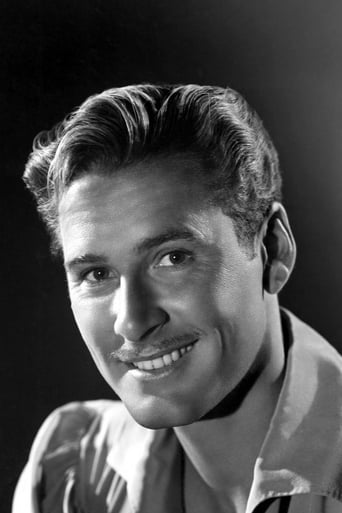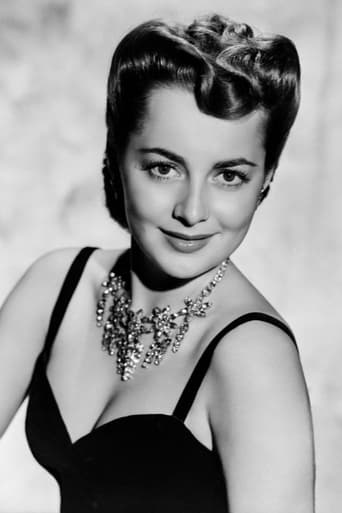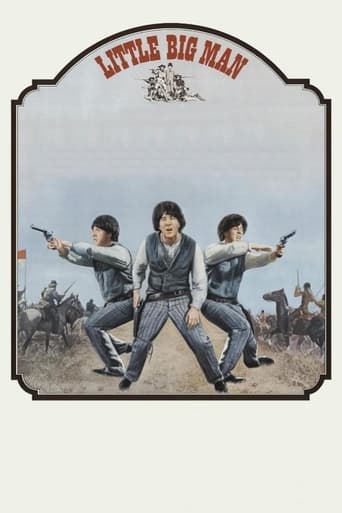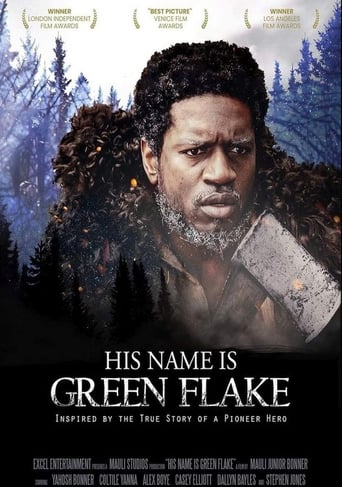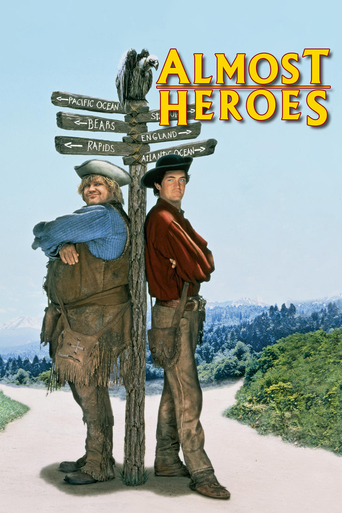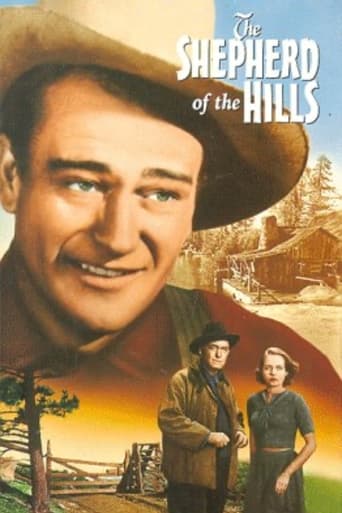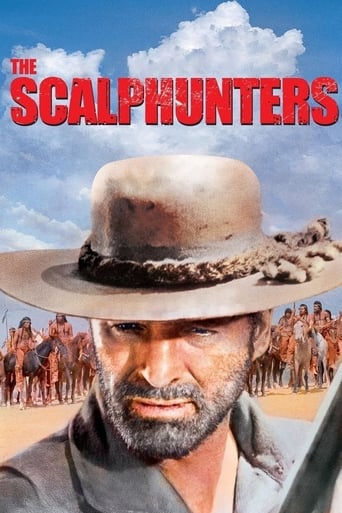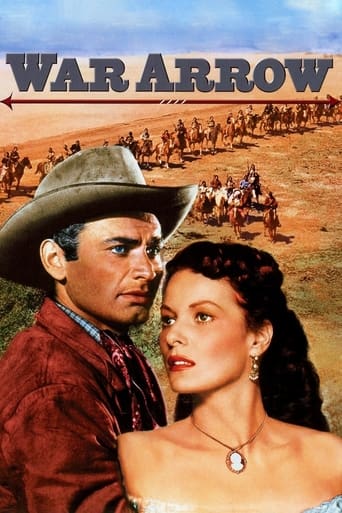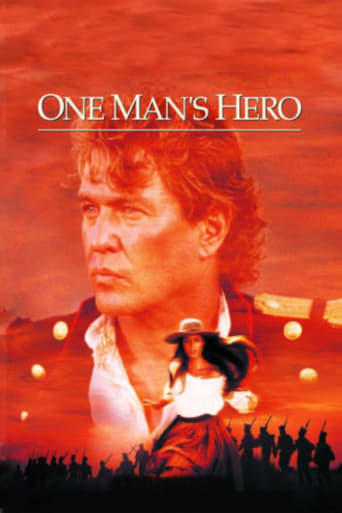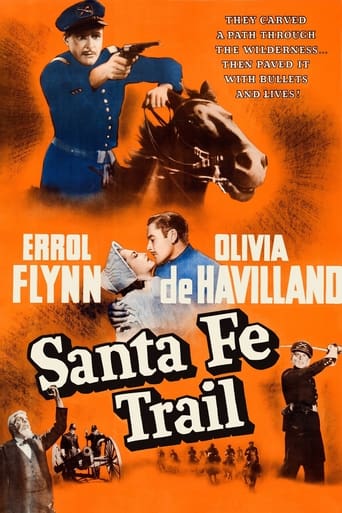

 Watch Now
Watch Now





Santa Fe Trail (1940)
 Watch Now
Watch Now





As a penalty for fighting fellow classmates days before graduating from West Point, J.E.B. Stuart, George Armstrong Custer and four friends are assigned to the 2nd Cavalry, stationed at Fort Leavenworth. While there they aid in the capture and execution of the abolitionist, John Brown following the Battle of Harper's Ferry.
Watch Trailer
Cast


Similar titles
Reviews
Good story, Not enough for a whole film
Awesome Movie
Am i the only one who thinks........Average?
Funny, strange, confrontational and subversive, this is one of the most interesting experiences you'll have at the cinema this year.
If you're expecting a film about the Santa Fe Trail...which would be logical based on the title, you're going to be very disappointed. The Santa Fe Trail is almost irrelevant to the film, other than that the railroad couldn't really be built until John Brown was driven out of Bloody Kansas. That's what this film is really about -- John Brown.My other criticism here is the comedy relief by Guinn Williams and Alan Hale. I'm not sure much comedy relief was needed here...or appropriate. SO I felt it was a negative to the telling of the story.Aside from those 2 issues, this is a great film! It brings together "Jeb" Stuart, George Armstrong Custer, Robert E. Lee, and Jefferson Davis at a time when all were still together in the nation. And, while I won't give the film an A+ in history, enough of it is basically true that it is quite fascinating. Even the depiction of Harpers Ferry, West Virginia, although filmed in California is somewhat passable, albeit way to arid..Errol Flynn was at his peak here as eventual Confederate leader "Jeb" Stuart. What a handsome and suave actor he was, yet he had the ability to be rough and tumble. He's nigh on perfect here.Olivia de Havilland, as his love interest, is very good here, although her role is decidedly secondary to the story.The real standout here is third-billed Raymond Massey, here playing John Brown. It is a stunning performance! Perhaps his best. Odd when you think of it that he also played Lincoln in "Abe Lincoln In Illinois" in the same year! Ronald Reagan is decent here as an actor...but nothing like we have come to know George Armstrong Custer. But, that's Hollywood.Van Heflin is more the bad guy here than John Brown. He plays another of the West Point graduates, but one who is a traitor of sorts for money, and later turns his back on John Brown because of money. Of course, he pays a high price for his chicanery. It's a good performance, although I have never been a particular fan of Heflin.Moroni Olsen plays a younger Robert E. Lee than we're used to, so it doesn't seem quite like our picture of him. Erville Alderson plays Jefferson Davis, and with makeup it's a pretty good portrayal.Another highlight of this film are a couple of military shoot-outs. They go all out; it's really quite spectacular.Unfortunately, the print I saw on TCM wasn't in particularly good shape. Not bad enough to avoid watching it, but not sharp at all. I understand that the film is in the public domain, but you would think that Warner Brothers would have a good original print to work from in a restoration. After all, this was one of the biggest films for them in 1940.Again, bait and switch, but it's a rather enthralling film. I give it a very strong "7".
Massey's older brother was Vincent Massey, the first Canadian-born Governor General of Canada. Raymond served in the Canadian Army in both WW1&2 (wounded in both); determined to portray Lincoln as well as John Brown as often as he could, once he was an American citizen he only dabbled once in (civilian) politics, appearing in a television endorsement in 1964 in support of conservative Republican presidential nominee Sen. Barry Goldwater (R-AZ.) In it, Massey denounced the Vietnam War, saying Goldwater also opposed it, ending by quoting the famous Goldwater campaign slogan: "You know he's right!" It can be seen on YouTube.
Errol Flynn is lost and Olivia de Havilland wasted in one of their last films together, an oddball Westerner that straddles the Mason-Dixon line presenting events leading up to the American Civil War.Not a good film, "Santa Fe Trail" is nevertheless fascinating now because of the political and social undercurrents running through it. Sensitive to Southern moviegoers still smarting 75 years after Appomattox, the filmmakers present a convoluted tale where all of the terribleness of the War Between the States can be laid on the doorstep of that terrible scourge: Abolitionism.Anti-slavery terrorist John Brown is on the loose, and it's up to Flynn to stop him, as future Confederate legend J.E.B. Stuart, still a U.S. Army officer as the war looms on the horizon. Stuart is presented as a champion not of slavery but of the status quo it is his duty to protect. Still, it's hard to find merit in his stance. "The South will settle it," Stuart says about slavery, "but in its own time and in its own way." No use rushing into righting an 80-year wrong, right?Director Michael Curtiz and scripter Robert Buckner fall short in terms of story, too. Is this a Western? Or is it a love story? Again, cinematic economics are pretty transparent given how awkwardly Olivia is shoehorned into the film, standing on the sidelines and wringing her hands. She's beautiful and charming, but her scenes with Flynn are overlong compendiums of romantic cliché, made worse by a melodramatic and hyperactive Max Steiner score.Playing the token liberal here is Ronald Reagan as George Armstrong Custer. Read that last sentence back if you want to know why some people really hate this film. "There's a purpose behind that madness," Custer says of Brown, "one that cannot easily be dismissed." But Custer doesn't protest too long, and the implication is clear that whatever Brown is fighting for doesn't outweigh his endangering the Union, for Custer or Stuart.Luckily for the filmmakers, they had Raymond Massey on hand to play Brown, eloquent in word but constantly threatening to go off the deep end. Massey was a florid overactor, but he had in Brown the right part and makes the most of it. Even better is Van Heflin, as a nasty bravo named Rader whom Stuart tangles with at West Point and again later on when Rader inserts himself as one of Brown's deputies. Rader's a great foil, allowed to say some worthy things about the anti-slavery cause, but more compelling in how his anger-choked personality comes to clash with that of the self-righteous Brown. Heflin grabs every scene he's in with those beady eyes and high forehead, and it's probably why he rose to movie prominence soon after.Far less successful is the film's effort to develop a romantic rivalry between Stuart and Custer. We have a pretty good idea de Havilland won't wind up with the Gipper. Alan Hale and Guinn Williams bicker like old maids for the sake of bad comedy, playing a pair of battle-hungry cowhands: "Calling me a rumpot's what hurt me...I haven't had a drink since noon!"Even Curtiz the celebrated action director falters here. Halfway through the film there's a battle where Brown and his men hold up Stuart's troops, then ride off with a cache of weapons, leaving Stuart's force inexplicably still armed. Vastly outnumbered, Stuart chases them anyway. Brown obliges him by not turning around to fight, leaving the cache behind."Hey, wait a minute, they outnumber us three-to-one," protests Custer. With an attitude like that, he'll never make the history books.However factually and dramatically flawed, "Santa Fe Trail" is one for the history books, in a way that shows how imperfectly the United States was coming to terms with its slave-holding past three generations on. It's not a good film even without its moral dubiousness, but that same dubiousness makes it historically worthy, as a reflection of just how hard it was for a nation to face a searing legacy of accepting the treatment of human beings as cattle.
For history buffs this must be more of a Santa Fe trial. Here is John Brown (a real historical figure played by Raymond Massey) demanding money from Boston abolitionists (also real) just before the Civil War. Give me the money, he shouts, and I'll start a slave revolution in the upland South. He knows that country. It's filled with hiding places for guerrilla warriors. So he and his handful devoted followers take over the federal arsenal and settle down in Harper's Ferry, Virginia. The tiny town was, and is, a sinkhole at the confluence of two rivers. If you stand in the main street of Harper's Ferry and look in any direction, all you see are tall wooded hills looming over you. It's about the least defensible place on the planet. There are a few African-Americans in the movie. The script has one of them say something like: "Mistuh Brown, he promised us da freedom. But if dis here Kansis is freedom, I wants to go back to Texas where Ah kin live mah lahf in PEACE." You bet.However, let us skip over the anachronisms -- the absence of muskets, the presence of generic Colt pistols, the fact that Jeb Stuart (Errol Flynn), George Armstrong Custer (Ronald Reagan), Bell, Sheridan, Longstreet, Hood, and Pickett didn't graduate from West Point in the same year -- and examine the movie as a Ding an Sich.The errors of time are lost in the headlong pace of this Western. And it IS a Western, though some scenes are set in the East. There is never any doubt who the good guys are. They're the ones who shoot their pistols jauntily, without aiming, and hit their targets. John Brown and his followers are bad guys, yes, but with mitigation, your Honor. His passion to free the slaves was all right, but his violent methods were all wrong. Every Western, though, must have a genuinely evil guy and in this case it's Van Heflin. His character seems lashed together in haste. At West Point, before he's thrown out, he reads treasonous literature to the other cadets and gets into fist fights (with Flynn!) over the issue of slavery. By the end, he's revealed as a craven money-grabber who only joined Brown's movement for the moolah, and when it's denied him he squeals on Brown to the government. That's known as discontinuity. I speak here not of historical inaccuracy but of dramatic clumsiness. God help me, my phraseology has been contaminated by listening to John Brown's dialog.You ought to see this movie if only for Raymond Massey's overblown portrait of John Brown. He never blinks. His eyes bulge -- and I swear I'm not making this up -- his eyes bulge until the dark irises are completely surrounded by white. I just tried it in the mirror and I can't even come close.There is an attempt at comedy. Its instruments are Alan Hale and Guinn "Big Boy" Williams. It fails dismally. Nothing they say or do would be funny to anyone with a sensibility quotient higher than that of a head of broccoli. The delightful Olivia de Havilland plays "Kit Carson" Halliday, the girl Flynn marries while rival Reagan stands by, shrugs good-naturedly, and smiles. The real Custer later married a smashing brunette named Libby, almost as attractive as de Havilland.It's a straightforward Warners production with Flynn, Reagan, Michael Curtiz, Max Steiner, Perc Westmore, and Sol Polito all hard at work in the factory, turning out their fast, unpretentious, actioners and dramas in their classic style.



